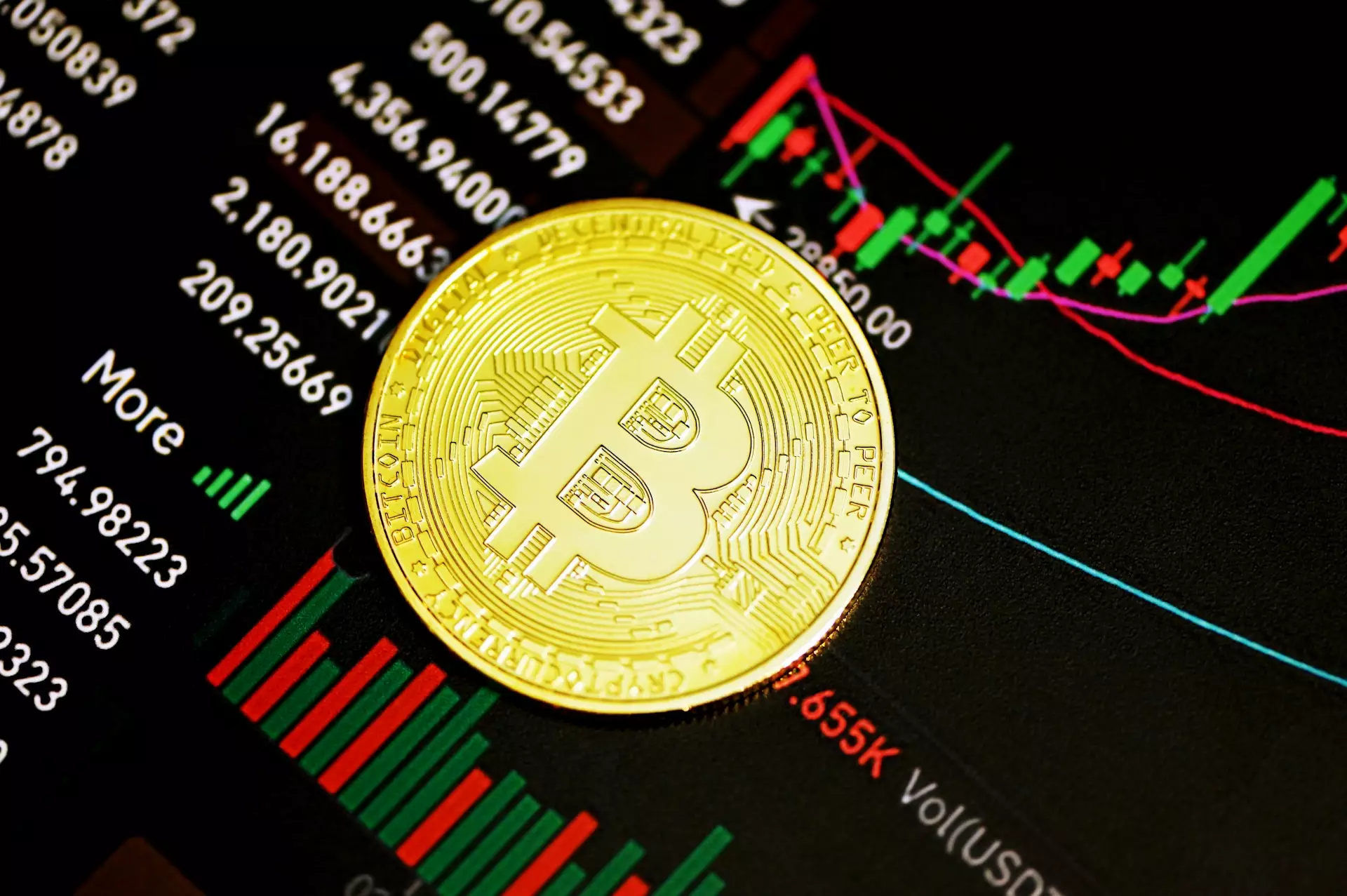Bitcoin’s recent ascent past the $100,000 mark has been touted as a beacon of hope by crypto enthusiasts and financial pundits alike. Recovering a staggering 23% from its lows, the flagship cryptocurrency has excited many investors. However, beneath this celebratory surface lies a precarious imbalance that begs for scrutiny. The narrative surrounding Bitcoin often portrays a story of resilience and stability; nonetheless, the reality is that it is often far from stable. The fluctuations inherent in cryptocurrency markets infuse a toxic layer of unpredictability that could lead to devastating outcomes for unprepared investors.
Those who celebrate Bitcoin’s latest rally may be blinded by its short-term gains, failing to grasp that cryptocurrencies remain exceptionally vulnerable to market sentiments and external financial pressures. Analysts have suggested that Bitcoin’s price may experience a lateral movement in the near term, teetering on potential resistance. Such suggestions illuminate a possible ruse; these fluctuations can lead hopeful traders down a slippery slope, luring them into a psychological trap of “FOMO” (fear of missing out) while neglecting to appreciate the high-stakes volatility more commonly associated with digital currencies.
Unsustainable Growth Patterns
Recent data shows Bitcoin hovering between $101,500 and $105,000, raising questions about whether this growth is sustainable or merely a phase before the inevitable pullback. With formidable barriers established at either extreme, it’s crucial to approach Bitcoin with cautious optimism. The momentum witnessed recently may have peeled away the base of liquidation clusters but hints that many investors are now taking a step back as Bitcoin approaches a crucial decision point.
Multiple analysts point to a rising wedge pattern that would signal potential upward mobility to between $110,000 and $112,000. However, such bullish patterns depend heavily on external market dynamics and investor sentiment. Bitcoin has a notorious track record of abrupt reversals. If it slips below $100,000, not only would we witness a potential breach of crucial support lines, but it would also signal to investors that the bubble may indeed be bursting. A downturn could see Bitcoin retracing towards the CME gap around $92,000—a painful realization for those who believed the rally was a straight path toward new highs.
Correlations with the Global Economy
The connection between Bitcoin and the Global M2 money supply raises further concerns about its viability as a long-term asset. Analysts like Ted Pillows suggest that the cryptocurrency’s price action strongly mirrors global liquidity trends. As Bitcoin echoes the moves of the M2 supply over recent months, it forces us to confront the uncomfortable truth of its value being inextricably linked to traditional financial systems. If liquidity shrinks due to global economic policies or market conditions, Bitcoin may become a casualty in the same manner as other riskier assets.
The idea of Bitcoin as a hedge against inflation or a store of value requires a more nuanced examination. If current patterns hold, Bitcoin could enter a consolidation phase that may prolong its growth trajectory but with far less vigor than many anticipate. Investors riding the wave of enthusiasm may want to consider this correlation more seriously. Relying solely on historical trends could lead to misguided expectations, leading to misguided investments during an inflection point.
Psychological Barriers to Entry
Market sentiment in the crypto sphere can be a double-edged sword. The euphoria surrounding Bitcoin’s latest rally runs the risk of creating psychological barriers for both seasoned investors and newcomers. Many view the currency as a sure bet partly due to its recent popularity, overlooking the psychological impacts that price fluctuations can have on investor behavior. Every rally invites more speculative trading, which can further exacerbate volatility as new investors flood the marketplace chase trends rather than employing strategic caution.
As Bitcoin approaches its defined resistance levels, the pressure is mounting. If the price peaks but fails to maintain momentum, we can expect investor confidence to wobble. Fear often pursues a market that once filled its participants with elation, and moments of uncertainty can lead to mass sell-offs that curb profitability.
Ultimately, while Bitcoin thrives in a speculative environment, the fervor of the current rally might just be a fleeting moment in a much broader narrative fraught with pitfalls. Investors must engage critically with this evolving landscape while remaining sound in their investment strategies and psychological readiness for the turbulent ride ahead.















